The prosthetic socket is often considered the heart of a prosthetic limb. It’s the point where the device meets your body, transferring weight, movement, and energy while ensuring a secure and comfortable fit. A well-fitted socket can mean the difference between effortless mobility and persistent discomfort, making it one of the most critical aspects of any prosthetic design.
This article delves deep into how socket fit influences comfort and mobility, exploring the factors that contribute to an ideal fit, the challenges users face, and the role businesses can play in delivering prosthetics that truly empower their users. Whether you’re a prosthetic user or a professional in the industry, understanding the intricacies of socket fit is key to achieving long-term satisfaction and success.
The Foundation of a Good Prosthetic: The Role of the Socket
The socket is the interface between the prosthetic and the residual limb, and its design and fit affect nearly every aspect of a prosthetic’s functionality. A well-designed socket not only supports weight and transfers forces but also minimizes pressure points and enhances overall stability.
Weight Distribution and Load Transfer
One of the primary functions of the socket is to distribute weight evenly across the residual limb. Uneven weight distribution can lead to discomfort, skin irritation, and even long-term health issues like joint strain or bone misalignment.
A properly fitted socket ensures that the forces exerted by walking, running, or standing are evenly spread, reducing the risk of localized pressure sores.
For businesses, investing in advanced measurement technologies, such as 3D scanning or pressure mapping, can improve the precision of socket fit.
These tools provide a detailed understanding of the residual limb’s contours and pressure tolerance, allowing for more customized solutions that enhance user comfort.
Secure Attachment and Stability
A good socket fit also ensures that the prosthetic stays securely attached, preventing slippage or movement that could disrupt balance and mobility. Poor stability not only impacts the user’s confidence but also increases the likelihood of falls or injuries.
For manufacturers, incorporating adjustable systems, such as vacuum suspension or pin-lock mechanisms, allows users to achieve a snug fit that adapts to daily fluctuations in residual limb volume.
Highlighting these features during consultations or marketing materials helps users understand their value and builds trust in the product’s reliability.
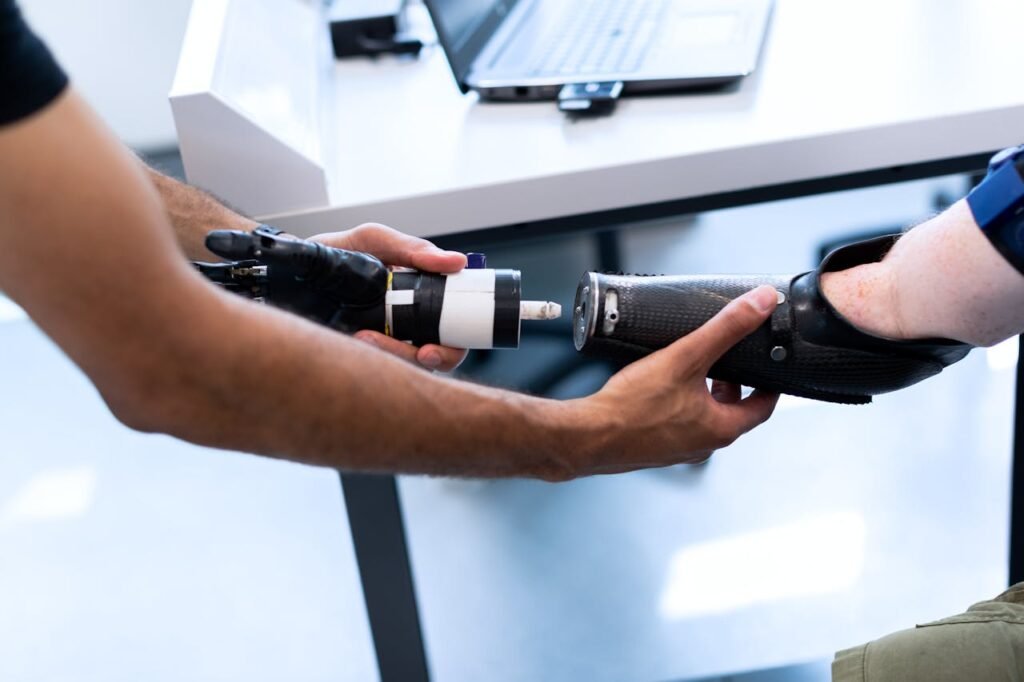
Challenges in Achieving an Optimal Socket Fit
While the importance of a well-fitted socket is clear, achieving that fit can be challenging. Every residual limb is unique, and factors such as swelling, changes in body weight, and scar tissue can complicate the fitting process.
The Impact of Residual Limb Volume Changes
Residual limb volume can fluctuate throughout the day due to factors like temperature, activity level, and fluid retention. These changes can cause a socket that fits well in the morning to feel too tight or too loose by the afternoon, leading to discomfort or instability.
For users, this can be a frustrating experience that affects their confidence in the prosthetic. Businesses can address this issue by offering sockets with dynamic adjustment features, such as inflatable liners or micro-adjustable straps.
Educating users about managing limb volume through techniques like limb wrapping or compression therapy further empowers them to maintain a comfortable fit.
Sensitivity and Skin Irritation
The skin on the residual limb is often sensitive, especially for new prosthetic users. Pressure points, friction, and heat buildup inside the socket can cause irritation, rashes, or blisters, making it difficult to wear the prosthetic for extended periods.
For businesses, prioritizing materials that are both durable and gentle on the skin is crucial. Silicone liners, gel padding, and moisture-wicking fabrics can reduce friction and improve comfort.
Providing users with detailed care instructions and skin hygiene tips ensures they can maintain healthy skin while using their prosthetic.
The Role of Materials in Socket Fit
The materials used in the construction of a prosthetic socket play a pivotal role in determining the comfort, durability, and overall experience for the user. Advances in material science have allowed for more personalized and effective socket solutions, but selecting the right combination remains a delicate balance between performance and user-specific needs.
Lightweight and Durable Materials
Weight is a significant factor in prosthetic design, particularly for the socket, which must provide both structural integrity and user comfort. Traditional materials like fiberglass and certain plastics, while durable, can add unnecessary weight, leading to user fatigue during prolonged use.
Modern prosthetics are increasingly incorporating lightweight yet durable materials such as carbon fiber and thermoplastics. Carbon fiber, for example, offers high strength-to-weight ratios, ensuring the socket is robust without feeling cumbersome.
For businesses, emphasizing the use of advanced materials during consultations can reassure users that their prosthetic is designed with their ease of movement in mind.
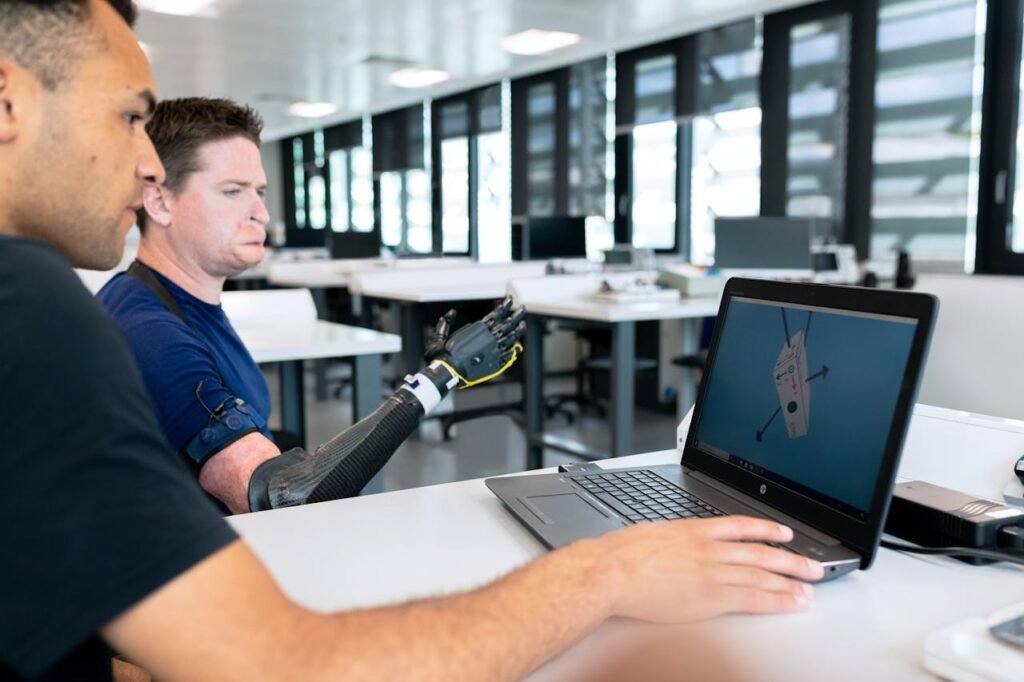
Skin-Friendly Liners and Interfaces
The interface between the residual limb and the socket is critical for preventing irritation and maintaining long-term comfort. Materials like silicone, thermoplastic elastomers, and gel-based liners have gained popularity for their ability to cushion the limb, reduce friction, and manage moisture effectively.
For users with sensitive skin or scar tissue, hypoallergenic liners provide additional benefits by minimizing the risk of adverse reactions. Businesses that offer a range of liner options tailored to individual needs demonstrate a user-first approach, fostering trust and satisfaction.
Providing samples or trial fittings with different materials can help users identify the most comfortable solution for their specific anatomy.
The Psychological Impact of Socket Fit
Beyond the physical aspects, the fit of a prosthetic socket has a profound psychological impact on the user’s confidence, self-image, and quality of life. A poorly fitting socket can lead to frustration, withdrawal from social activities, and even a reluctance to use the prosthetic altogether.
Building Confidence Through Comfort
When a socket fits well, users feel more secure and confident in their movements. This confidence translates into greater independence, allowing them to engage in activities they might otherwise avoid.
For instance, a lower-limb prosthetic user with a snug-fitting socket is more likely to tackle uneven terrains or engage in sports, knowing their prosthetic won’t slip or cause discomfort.
For businesses, creating a positive first experience with a prosthetic is crucial. Ensuring a comfortable and stable socket fit from the outset sets the tone for long-term satisfaction.
Follow-up appointments to fine-tune the fit or address any concerns demonstrate a commitment to the user’s well-being, reinforcing their trust in the brand.
Reducing Emotional Barriers
Ill-fitting sockets can create emotional barriers that hinder a user’s ability to adapt to their prosthetic. Constant discomfort or pain may lead to feelings of frustration, hopelessness, or dissatisfaction with the device. These emotions can delay rehabilitation and limit the user’s overall mobility.
By addressing these concerns proactively, businesses can provide users with the tools and support they need to overcome these challenges. For example, offering psychological support or connecting users with peer communities where they can share experiences and solutions fosters a sense of belonging and encouragement.
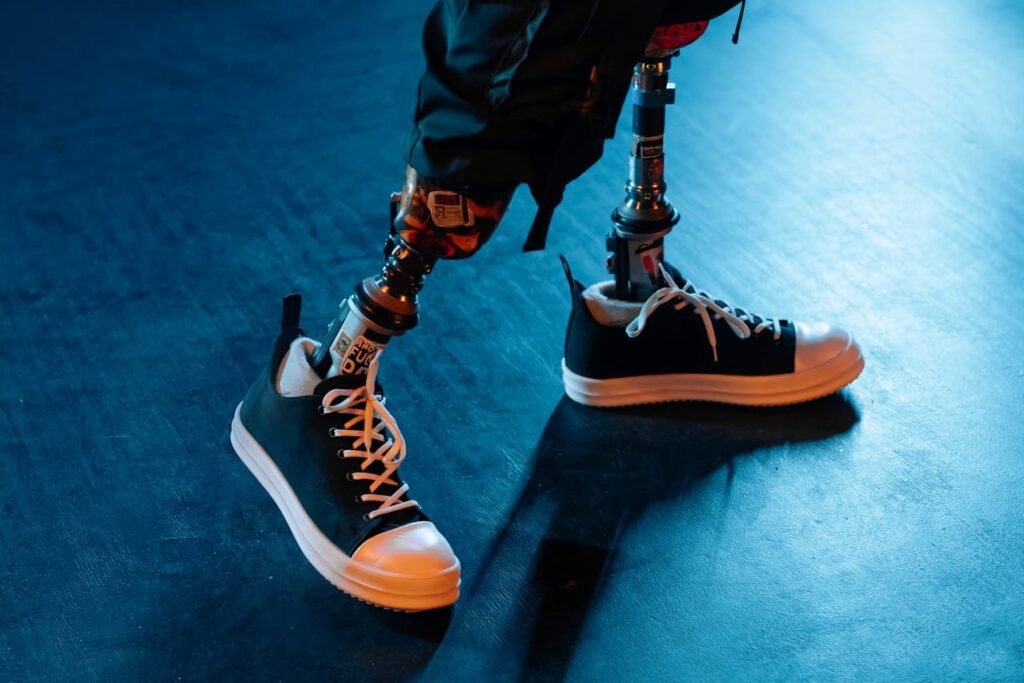
Innovations in Socket Fitting Technology
Recent advancements in technology have revolutionized how prosthetic sockets are designed, fitted, and adjusted. These innovations aim to improve precision, reduce fitting times, and enhance user satisfaction.
3D Scanning and Digital Modeling
Traditional socket fitting often relies on manual casting, which can be time-consuming and less precise. The adoption of 3D scanning and digital modeling has transformed this process, enabling prosthetists to create highly accurate socket designs based on detailed scans of the residual limb.
This technology not only speeds up the fitting process but also allows for the creation of sockets that account for even minor anatomical variations. For businesses, investing in 3D scanning equipment and training staff in its use enhances the quality of the fit while positioning the brand as a leader in innovation.
Adjustable and Adaptive Sockets
Adjustable sockets equipped with technologies like vacuum suspension systems or micro-adjustable straps are gaining traction for their ability to accommodate changes in residual limb volume. These systems allow users to make on-the-go adjustments, ensuring a consistently comfortable fit throughout the day.
For businesses, highlighting these adaptive features in marketing materials and consultations helps users understand their value, especially those who experience frequent volume fluctuations. Offering demonstrations or trial periods can further showcase the convenience and effectiveness of these systems.
The Importance of Follow-Up Care for Socket Fit
Achieving an ideal socket fit is not a one-time event. Over time, changes in the user’s residual limb, lifestyle, and activity levels can impact how the socket feels and performs. Regular follow-up care ensures that users continue to experience comfort and mobility, while addressing any issues before they become significant challenges.
Monitoring Changes in Residual Limb Shape
Residual limbs often undergo changes in shape and size due to factors such as muscle atrophy, weight fluctuations, or tissue healing. These changes can affect the way the socket fits, potentially causing discomfort or instability.
Regular follow-up appointments allow prosthetists to assess these changes and recommend adjustments to the socket or liners as needed.
Businesses can enhance the follow-up process by scheduling periodic check-ins with users and encouraging them to report any discomfort promptly.
Offering minor adjustments or replacements for components like liners as part of a service package builds trust and ensures long-term user satisfaction.
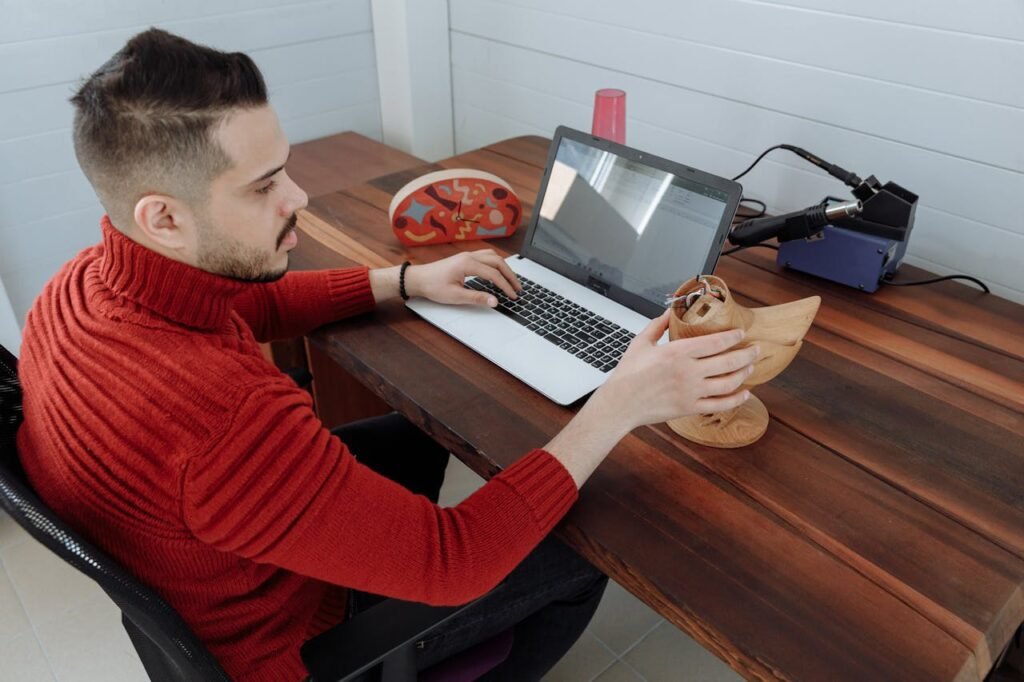
Proactive Problem-Solving
Even with a well-fitted socket, issues such as pressure points, skin irritation, or discomfort during certain activities can arise. A proactive approach to problem-solving ensures that these challenges are addressed quickly, preventing them from discouraging the user from wearing their prosthetic.
For businesses, providing users with access to a dedicated support team or helpline for troubleshooting socket-related concerns fosters confidence and reduces the likelihood of frustration.
Offering online resources, such as instructional videos or FAQs, empowers users to manage minor adjustments themselves while knowing professional help is available if needed.
The Role of User Feedback in Refining Socket Fit
User feedback is invaluable in the quest to create the perfect socket fit. Every individual’s experience provides insights that can inform future designs, materials, and fitting processes. For businesses, actively seeking and integrating user input demonstrates a commitment to continuous improvement and user satisfaction.
Gathering Real-World Insights
While clinical trials and lab testing are essential, the true test of a prosthetic socket’s performance lies in real-world use. Users who wear their prosthetics daily encounter scenarios and challenges that may not be apparent during the initial fitting process.
Encouraging users to share their experiences through surveys, interviews, or focus groups provides businesses with actionable data on how sockets perform across diverse lifestyles and environments. These insights can guide the development of more adaptable and user-centric designs.
Co-Creating Solutions
Involving users in the design process fosters a sense of ownership and trust while ensuring that the final product aligns with their needs. For instance, collaborating with users to refine socket designs or test new materials ensures that solutions address real-world challenges effectively.
Businesses can take this a step further by establishing user advisory panels, where individuals with varied experiences provide ongoing feedback and suggestions.
Highlighting this collaborative approach in marketing materials demonstrates the company’s dedication to putting users at the center of innovation.
Bridging Technology and Personalization
The intersection of technology and personalization is redefining what’s possible in socket fitting. By leveraging advanced tools and techniques, businesses can deliver highly customized solutions that adapt to the unique needs of each user.
AI-Powered Fitting Solutions
Artificial intelligence (AI) is increasingly being used to enhance the precision of prosthetic fittings. By analyzing data from 3D scans, pressure sensors, and user feedback, AI-powered systems can identify patterns and recommend optimal socket designs.
For businesses, incorporating AI-driven fitting tools into their process not only improves accuracy but also streamlines production timelines. Communicating the benefits of these advanced technologies to users enhances their confidence in the company’s ability to provide cutting-edge solutions.
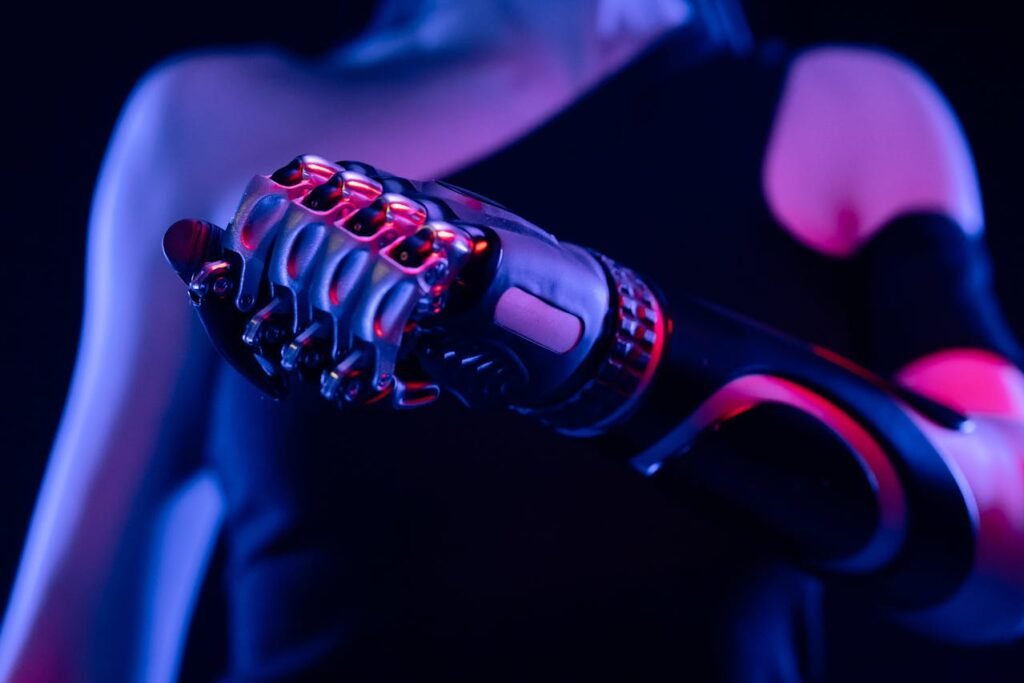
Dynamic Sockets for Active Lifestyles
For users with active lifestyles, dynamic sockets that adjust to movement and activity levels offer unparalleled comfort and functionality. These sockets incorporate smart materials or systems that respond to pressure changes, ensuring a secure fit whether the user is walking, running, or engaging in sports.
Businesses that cater to active users can highlight these dynamic solutions as a key differentiator, demonstrating their commitment to enabling users to pursue their passions without limitations.
Offering trial sessions or demonstrations in active environments, such as gyms or parks, provides users with firsthand experience of the technology’s benefits.
Educating Users About Socket Fit
A critical component of achieving and maintaining a proper socket fit is educating users about their role in the process. While advanced technology and skilled prosthetists contribute significantly, users themselves must understand how to manage their prosthetics and communicate their needs effectively. Businesses that prioritize user education not only enhance outcomes but also foster trust and long-term satisfaction.
Building Awareness During Initial Fittings
The first fitting session is a key opportunity to educate users about the importance of socket fit. Explaining how factors like weight distribution, suspension systems, and residual limb care affect comfort and mobility sets the stage for informed and engaged users.
For businesses, this initial education can be complemented with visual aids or digital tools that demonstrate the principles of socket design and function. Interactive models or apps that allow users to visualize pressure points and load distribution make complex concepts more accessible, ensuring users feel empowered to ask questions and provide feedback.
Promoting Regular Self-Assessments
Encouraging users to regularly assess their socket fit is essential for identifying potential issues early. Simple self-assessment techniques, such as checking for pressure marks, monitoring residual limb volume changes, and evaluating stability, help users stay proactive in their care.
Businesses can provide users with easy-to-follow guides or instructional videos that outline these self-assessment practices. Including these resources as part of a welcome kit or online portal ensures users have ongoing access to the information they need.
Fostering Open Communication
Many users hesitate to voice concerns about socket fit, fearing they might seem overly demanding or difficult. Creating an environment where users feel comfortable sharing their experiences is vital for identifying and addressing issues promptly.
For businesses, fostering open communication means establishing clear channels for feedback, whether through in-person appointments, virtual consultations, or dedicated support lines.
Encouraging users to share not only problems but also positive experiences ensures a balanced perspective that informs both immediate solutions and long-term improvements.
Advancing the Future of Socket Fit
The future of prosthetic socket fit lies in continuous innovation, combining user insights, advanced technology, and sustainable practices to deliver superior solutions. By focusing on these areas, businesses can remain at the forefront of the industry while transforming the lives of their users.
Personalization Through Data
Data-driven personalization is revolutionizing the field of prosthetics, enabling manufacturers to create sockets tailored to the exact needs of each user. From leveraging machine learning algorithms to predict changes in residual limb volume to using data from motion tracking systems to refine socket designs, the possibilities are endless.
Businesses that embrace data-driven approaches can not only improve socket fit but also streamline production processes, reducing costs and delivery times. Communicating these advancements to users enhances their confidence in the brand’s commitment to innovation.
Commitment to Sustainability
As the industry evolves, integrating sustainability into socket design and production will become increasingly important. Using eco-friendly materials, designing sockets for modularity and recyclability, and reducing waste in manufacturing are all ways to align with global sustainability goals.
For businesses, adopting these practices not only benefits the environment but also appeals to eco-conscious users who value responsible choices. Highlighting these efforts in marketing and branding strengthens the company’s position as a forward-thinking leader in the field.
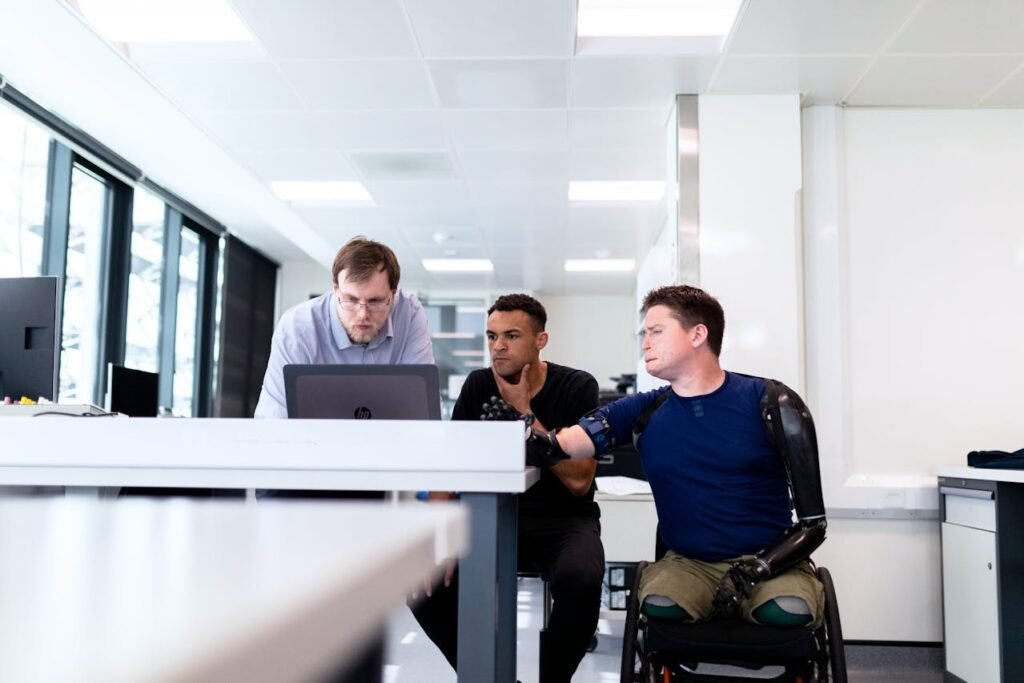
Empowering Users With Technology
Technology that enables users to monitor and adjust their socket fit independently is an emerging area of focus. Smart sockets equipped with sensors and companion apps allow users to track fit metrics, identify potential issues, and make real-time adjustments for optimal comfort.
For businesses, integrating these technologies into their product offerings provides a competitive edge and enhances user autonomy. Offering training sessions or tutorials on how to use smart features ensures users can fully leverage the benefits of these advancements.
Conclusion
A well-fitted prosthetic socket is the foundation of comfort, mobility, and confidence for users. From the choice of materials to the precision of the fitting process and the ongoing support provided, every detail matters in ensuring that users can lead active, independent lives.
For businesses, prioritizing socket fit is not just a technical challenge—it’s an opportunity to make a meaningful impact on the lives of those who rely on prosthetics. By embracing innovation, fostering user education, and maintaining a commitment to quality, the industry can continue to advance, delivering solutions that empower users to move forward with confidence and ease.
Ultimately, achieving the perfect socket fit is a journey of collaboration between users, prosthetists, and manufacturers. Together, we can redefine what’s possible, transforming the experience of prosthetic use for individuals worldwide.



